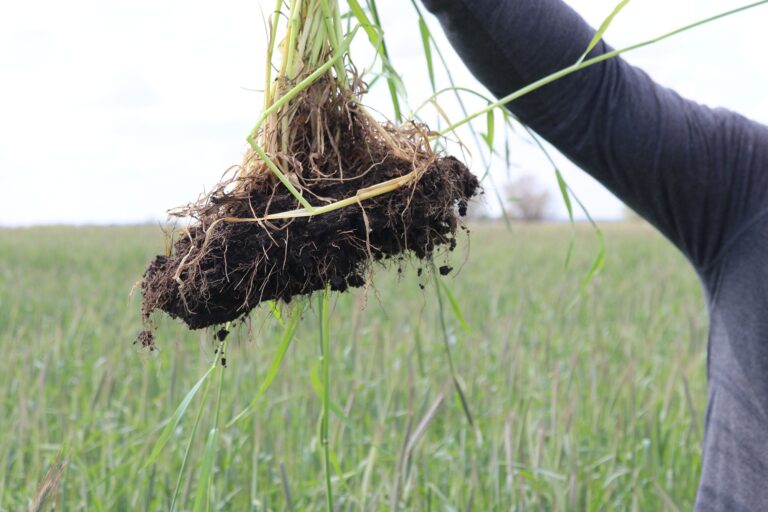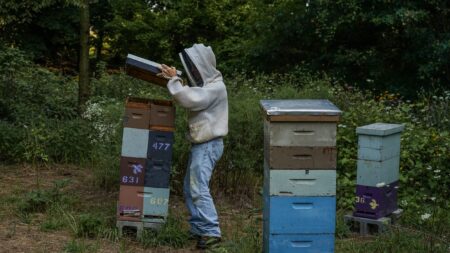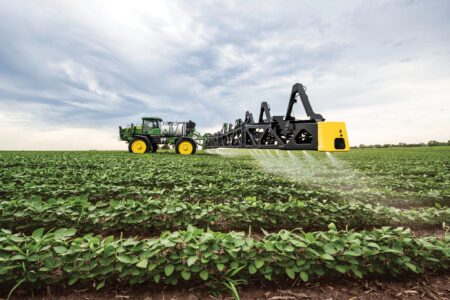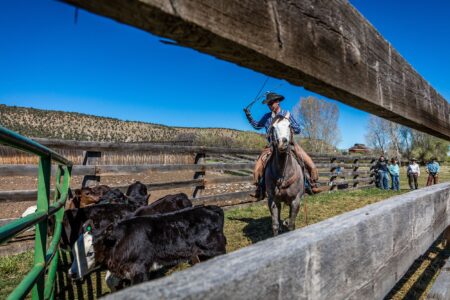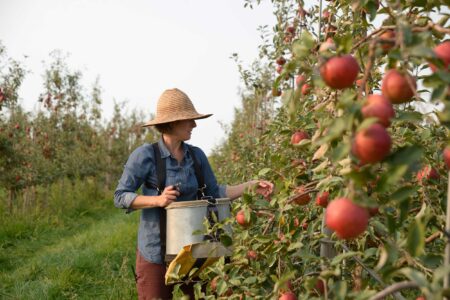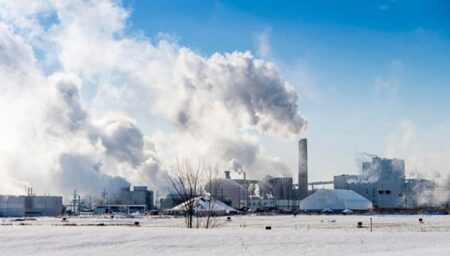We’ve all heard it said: farming makes up 10 percent of America’s greenhouse gas emissions. It’s been repeated so often, folks take it as gospel. And sure enough, if you dig into the federal Environmental Protection Agency’s reports, you’ll find a tidy number — about 600 million metric tons of CO2e a year, or 10.8 percent of the total.
But here’s the catch. That number only tells half the story. It counts what’s coming out of the barn, but not what’s going into the ground. And it treats cow burps like they stick around forever, when in reality they vanish faster than morning fog. It ignores the quiet, steady work of farmers building soil, planting cover crops, and managing pastures that pull carbon out of the air every single day.
What happens if we count that side of the ledger too? Well, turns out the picture changes. A lot.
What gets counted, and what doesn’t
The EPA’s tally includes:
- Methane from livestock digestion and manure
- Nitrous oxide from fertilizers and soils
- Carbon dioxide from diesel fuel and equipment
What it doesn’t include:
- Carbon stored in healthy soils from no-till practices
- Roots and residue from cover crops
- Perennial pastures and tree rows pulling carbon deep into the subsoil
- Compost and organic matter that build humus year after year
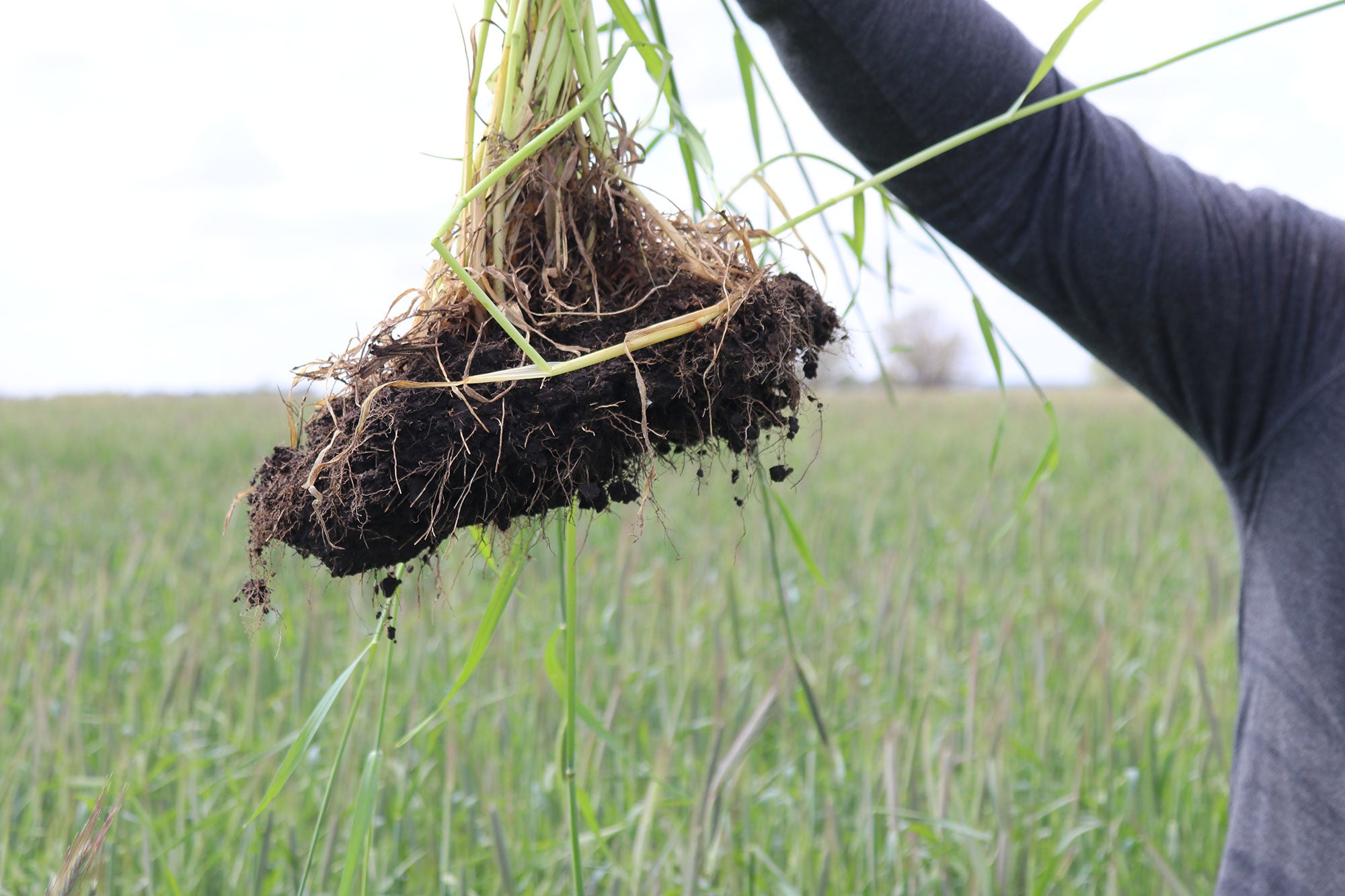
So while the EPA counts everything a farmer puts out, it doesn’t credit anything a farmer takes back in. That’s like judging a checkbook by the withdrawals without ever looking at the deposits.
Methane: A gas with a short memory
Then there’s methane. It gets a bad rap because it’s potent. But what most folks don’t realize is that methane breaks down quickly — gone in about 12 years. So if the size of a cattle herd isn’t growing, then the methane it produces isn’t adding to warming. It’s just cycling through.
Scientists have developed a better way to account for this, called GWP★. In a widely cited paper, Allen et al. (2018) showed that using GWP★ instead of GWP100 offers a far more accurate view of methane’s warming effect over time. Steady methane emissions don’t accumulate like CO2, and if herd sizes shrink, methane’s net effect can even be cooling. That finding was echoed by Cain and Lynch (2019), who further demonstrated how short-lived climate pollutants behave differently than long-lived gases like carbon dioxide.
This isn’t just a theoretical fix. U.S. cattle numbers have held steady or declined for decades. And thanks to better feed and genetics, we get more beef and milk per animal than ever before. Data from 2023 from the U.S. Department of Agriculture’s Economic Research Service shows a steady improvement in feed conversion and productivity, meaning fewer animals are producing more food — and doing it more cleanly.
What farmers are already doing
Out here on the land, folks aren’t waiting for mandates. They’ve been doing the work quietly for years. No-till farming has spread across millions of acres, helping soils hold onto carbon and stay in place. West and Post (2002) estimated that well-managed no-till systems can sequester 0.3 to 0.5 metric tons of CO2e per acre per year. Lal et al. (2003) expanded on that, showing how U.S. croplands could play a key role in climate mitigation.
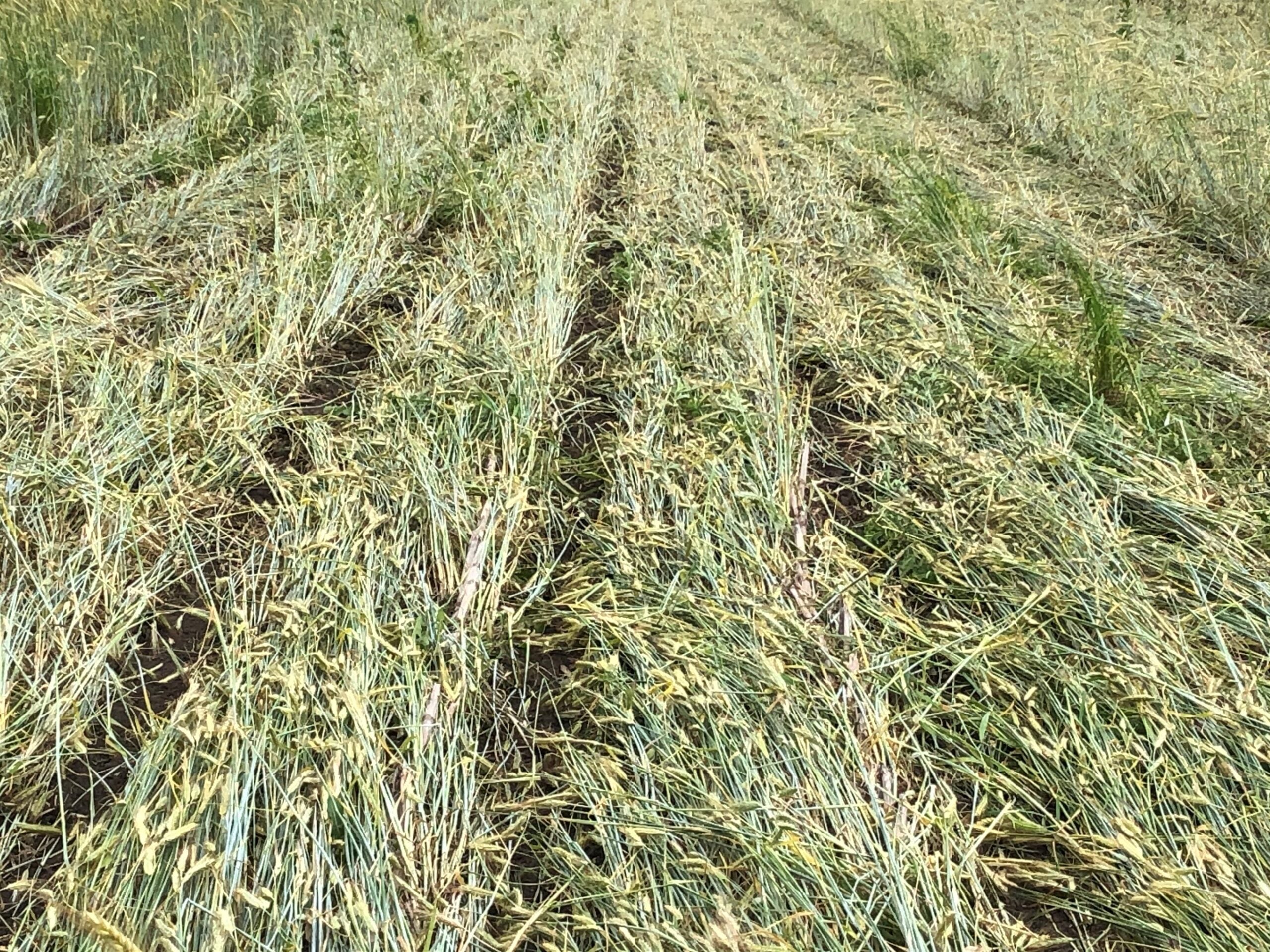

Cover crops are taking root in fields that once sat bare all winter, feeding the soil food web and locking carbon underground. Poeplau and Don (2015) found that cover cropping systems sequester between 0.3 and 0.7 tons of CO2e per acre annually. Pastures are being grazed in smarter rotations, building organic matter and water-holding capacity. Studies by Teague et al. (2016) and Stanley et al. (2018) confirmed that adaptive grazing can lead to soil carbon gains of 1 to 2 tons CO2e per acre per year. Composting, hedgerows, tree belts — these aren’t newfangled ideas, but tried-and-true practices that farmers are bringing back with a new purpose.
All told, these practices sequester about 250 million metric tons of CO2e every year. A USDA report from 2016 titled Building Blocks for Climate Smart Agriculture confirms this estimate, highlighting the real and recurring contribution of these systems. That’s real. That’s measurable. And that’s happening right now, without heavy-handed policy.
Looking ahead: We’re not done yet
And here’s the part that really gets overlooked: Farmers aren’t just responding to climate concerns — they’ve been anticipating them. On more and more farms, tractors steer themselves with GPS precision, laying down seed and fertilizer only where it’s needed. Drones monitor crop health, pinpointing where a little care can go a long way. Soil amendments that include biochar or compost are keeping nutrients in place and adding resilience to drought.
In some pastures, farmers are planting grasses like Brachiaria that actually suppress nitrous oxide emissions from the soil. These grasses exhibit a property called Biological Nitrification Inhibition (BNI), which limits the bacterial conversion of nitrogen into nitrous oxide — a potent greenhouse gas. This discovery, supported by field trials and ongoing agronomic research, opens new doors for biological climate solutions that require no chemicals or high-tech inputs.
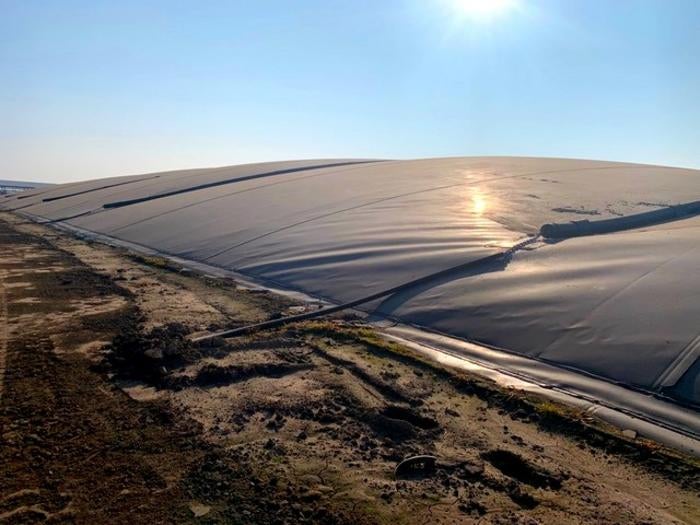

There are solar panels powering barns and pumps. Manure digesters that turn waste into energy. And in farm shops across the country, young mechanics are welding together solutions that merge old wisdom with new tools. These aren’t just stopgap efforts. They’re part of a broader shift — an ongoing evolution that puts stewardship and profitability in the same furrow.
What this tells us is simple: The trajectory of agricultural emissions isn’t flat or rising. It’s falling. And that’s not by accident. It’s because farmers, foresters, and ranchers have taken a hard look at the land and said, “We can do better.” And they have. And they will.
So, here’s the real math
Start with the 600 Mt of reported emissions. Subtract the 250 Mt being sequestered. Now we’re down to 350.
Next, correct for methane by acknowledging that it doesn’t accumulate like CO2. That adjustment trims off an additional 90 Mt or so.
End result? About 260 Mt of net emissions, or just 4.6 percent of the U.S. total.
That’s a far cry from 10.8 percent.
This isn’t an argument for a free pass but rather a plea to tell the whole story. Farmers aren’t sitting on their hands. They’ve been leading the charge on soil health, land stewardship, and climate resilience. They just haven’t gotten the credit.
Instead of pointing fingers, maybe it’s time we pointed to the fields and said, “Here’s a place where progress is already happening.”
Let’s support it. Let’s count it. And let’s build climate policy on the full truth — not just the part that fits neatly in a chart.
Soil: It holds more than just crops
Some of the most effective answers are already growing beneath our feet. From planting Brachiaria to suppress nitrous oxide, to reducing tillage and carbon loss, farmers have developed climate-conscious practices to combat greenhouse gas emissions.
The work that farmers do is quiet, long-term, and far from buzzworthy — so how can farmers reclaim their reputation in climate discussions?
It starts with awareness — through articles like this one, highlighting the steady, overlooked efforts farmers make to sequester carbon. Then it continues with advocacy: for accurate representation in policy, and for public understanding of methane accounting tools like GWP★.


Next, we need a second layer of advocacy. Farmers rarely speak up for themselves — they’re too busy farming. Conversations happen on backroads and between hay hauls, not at press briefings or policy summits. That’s why better data reporting systems, such as GWP★, are essential. Accurate accounting would drive smarter policies — ones that reflect agriculture’s true climate role and support climate-positive farming. This would trickle down into media and consumer consciousness, raising public awareness of the positive climate contributions farmers are making.
Farmers are not the problem; they are part of the solution. It’s time the narrative shifted — and time farmers received the trust and recognition they’ve earned. Farmers are fighting the problem; they are not the 10 percent.
Ben Henson is a lifelong farmer and international agricultural consultant with over 30 years of experience in the U.S. and Africa. He currently splits his time between a hay and cattle farm in Oregon and a climate-smart agriculture initiative in Rwanda.
Roseanna Adams was raised in Uganda, but her family founded the famed Scharbauer Ranch in Seminole, Texas, where she spent time with her grandparents. SHe is studying Agricultural Systems at Texas A&M, and also works with B&H Agricultural Products in Oregon.
References
- Allen, M.R., et al. (2018). A solution to the misrepresentation of methane in climate policy. Nature, 564, 393–396.
- Cain, M., Lynch, J., et al. (2019). Improved calculation of warming-equivalent emissions for short-lived climate pollutants. npj Climate and Atmospheric Science, 2(1).
- EPA. (2024). Inventory of U.S. Greenhouse Gas Emissions and Sinks: 1990–2022.
- Lal, R., et al. (2003). Soil carbon sequestration and greenhouse gas mitigation in U.S. cropland. Soil & Tillage Research, 78, 5–18.
- Lynch, J., Cain, M., Allen, M.R. (2020). Demonstrating GWP*: A means of reporting warming-equivalent emissions. Environmental Research Letters, 15(4).
- Nair, P.K.R., et al. (2010). Carbon sequestration in agroforestry systems. Advances in Agronomy, 108, 237–307.
- Poeplau, C., & Don, A. (2015). Carbon sequestration in agricultural soils via cover crops. Agriculture, Ecosystems & Environment, 200, 33–41.
- Stanley, P.L., et al. (2018). Impacts of adaptive multi-paddock grazing on soil carbon. Agriculture, Ecosystems & Environment, 253, 176–186.
- Teague, R., et al. (2016). The role of ruminants in reducing agriculture’s carbon footprint. Journal of Soil and Water Conservation, 71(2), 156–164.
- USDA ERS. (2023). U.S. Livestock and Dairy Data Tables.
- West, T.O., & Post, W.M. (2002). Soil organic carbon sequestration rates by tillage. Soil Science Society of America Journal, 66(6), 1930–1946.




:max_bytes(150000):strip_icc()/IMG_1282-2048x1365-9e8be18f4a944008bace0cf11004a69d.jpg)


